Elm Tree
- November 14, 2023
- 0 comment
The Elm tree, scientifically known as Ulmus, is a deciduous tree that belongs to the Ulmaceae family. Known for its distinctive serrated leaves and iconic vase-like shape, the Elm tree is a common sight in temperate regions across the Northern Hemisphere.
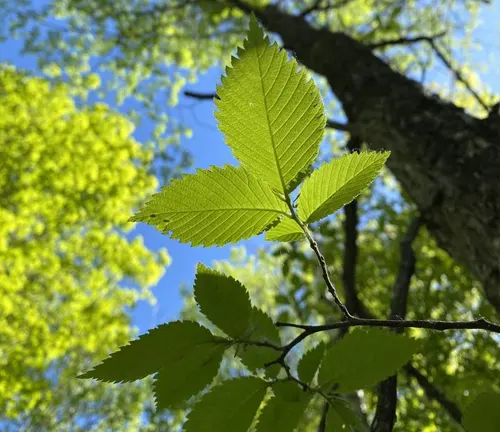

With various species distributed worldwide, some of the most notable include the American Elm (Ulmus americana), European Elm (Ulmus glabra), and the Chinese Elm (Ulmus parvifolia). Elms are renowned for their graceful appearance and have been traditionally planted along streets and in urban areas for their aesthetic value.
However, their popularity suffered a setback with the devastating outbreak of Dutch elm disease in the mid-20th century, causing widespread decline and loss of these majestic trees. Despite this, efforts in disease-resistant cultivars and conservation programs aim to preserve and reintroduce the Elm tree, emphasizing its ecological importance and historical significance in landscaping and forestry.
| Characteristics | Description |
| Scientific Name | Ulmus |
| Family | Ulmaceae |
| Common Species | American Elm (Ulmus americana), European Elm (Ulmus glabra), Chinese Elm (Ulmus parvifolia), among others |
| Leaf Type | Deciduous |
| Leaf Shape | Serrated, elliptical or ovate |
| Tree Shape | Vase-like, with a broad crown |
| Habitat | Temperate regions in the Northern Hemisphere |
| Notable Features | Distinctive serrated leaves, iconic vase-like shape |
| Historical Significance | Traditional urban and street tree, impacted by Dutch elm disease in the mid-20th century |
| Conservation Efforts | Ongoing programs for disease-resistant cultivars and Elm tree preservation |
| Ecological Importance | Provides habitat and food for various wildlife, contributes to biodiversity |
| Landscape Use | Ornamental tree, historically planted for aesthetic value along streets and in urban areas |
| Challenges | Vulnerability to Dutch elm disease, requiring disease management and prevention |
| Current Status | Efforts to reintroduce and conserve Elm trees continue for ecological and cultural reasons |
Botanical Beauty of Elm Tree
The Elm tree, scientifically classified under Ulmus, stands as a botanical masterpiece renowned for its striking features. Characterized by its distinctive serrated leaves and an iconic vase-like shape, the Elm tree captivates observers with its natural elegance. The various species, including the American Elm (Ulmus americana) and European Elm (Ulmus glabra), contribute to the diverse tapestry of deciduous trees that grace temperate regions across the Northern Hemisphere. The botanical beauty of the Elm tree goes beyond its aesthetic appeal, extending to its unique characteristics that make it a standout in the realm of flora.

Woodland Elegance
One of the Elm tree’s most enchanting qualities is its woodland elegance. Whether standing tall in a forested landscape or lining urban streets, the Elm tree adds a touch of grace to its surroundings. The vase-like shape and the gently serrated leaves create a silhouette that is both distinctive and pleasing to the eye. The Elm’s presence in natural settings and cultivated landscapes alike showcases its versatility and ability to enhance the aesthetic appeal of diverse environments.

Ecological Importance
Beyond its visual allure, the Elm tree holds a vital role in ecological systems. Its branches provide habitat and refuge for various wildlife, contributing to biodiversity in its native habitats. The leaves and seeds of the Elm are valuable food sources for insects, birds, and mammals, creating a web of ecological interactions. Recognizing the Elm tree’s ecological importance underscores the significance of preserving and cultivating these majestic trees to maintain the delicate balance of ecosystems.

Cultivation and Conservation
Cultivating and conserving Elm trees has become a crucial endeavor, particularly in the face of challenges like Dutch elm disease that threatened these majestic trees in the mid-20th century. Efforts are underway to develop disease-resistant cultivars and implement conservation programs to safeguard the Elm’s future. The cultivation of Elm trees not only preserves their genetic diversity but also contributes to the overall health of urban and natural landscapes.
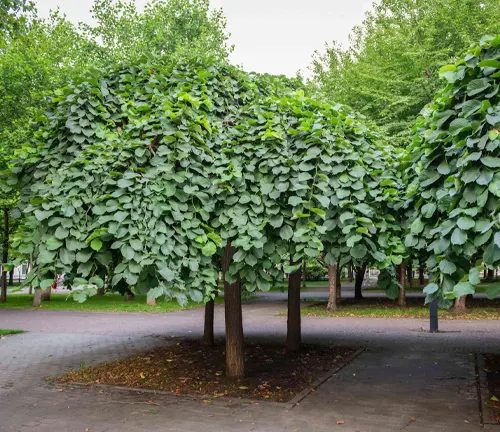
Fragrance
In addition to its visual appeal, the Elm tree offers a sensory delight through its subtle fragrance. The scent of Elm leaves, especially in the spring and early summer, adds a pleasant note to the air. This olfactory characteristic further enhances the overall experience of being in the presence of these magnificent trees, creating a multisensory connection with nature.
Soil Stabilization
The Elm tree’s extensive root system plays a crucial role in soil stabilization. With a network of roots that can reach far and wide, Elm trees help prevent soil erosion and contribute to the stability of the surrounding landscape. This feature makes them valuable in both urban and rural settings, where soil conservation is essential for maintaining the integrity of ecosystems.
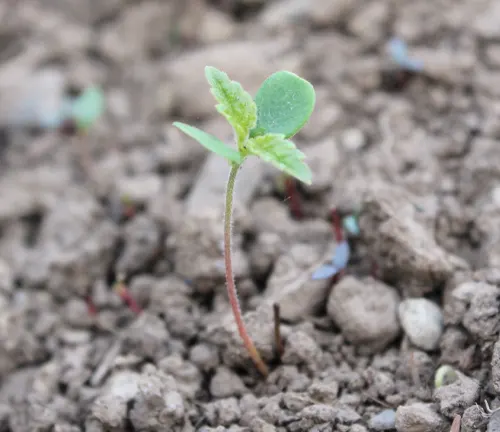
Common Uses
Historically, Elm wood has been prized for its durability and strength. The wood’s interlocking grain and resistance to decay made it a preferred choice for various applications, including furniture, flooring, and even shipbuilding. While the demand for Elm wood has decreased due to the impact of Dutch elm disease, the historical uses of this versatile wood highlight the Elm tree’s significance in human culture and industry.
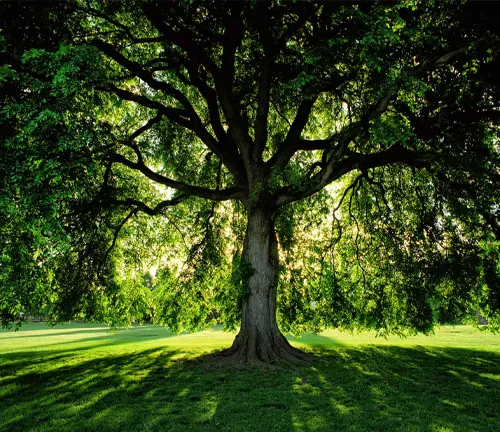
Benefits
Embracing the Elm tree comes with a multitude of benefits. From its aesthetic contributions to environmental stability and historical significance, these trees offer a harmonious blend of beauty and functionality. Whether planted in urban landscapes for their ornamental value or conserved in natural settings for their ecological roles, Elm trees stand as symbols of resilience, elegance, and the interconnectedness of nature. As we continue to understand and appreciate the manifold benefits of Elm trees, our commitment to their cultivation and conservation becomes not just a horticultural endeavor but a testament to our shared responsibility for the well-being of the planet.
Different Species
American Elm
(Ulmus americana)
Native to North America, the American Elm is perhaps the most well-known species. It features a tall, vase-shaped crown and serrated leaves. Unfortunately, many mature American Elms were lost to Dutch elm disease in the 20th century.
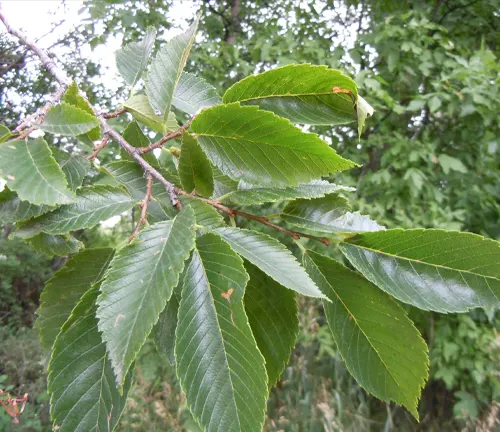
European Elm
(Ulmus glabra)
Commonly found in Europe and parts of Asia, the European Elm has a similar vase-like shape to the American Elm. Its leaves are dark green and have a glossy texture.

Chinese Elm
(Ulmus parvifolia)
Native to East Asia, the Chinese Elm is known for its small, leathery leaves and distinctive exfoliating bark. It is often used as an ornamental tree in landscaping.
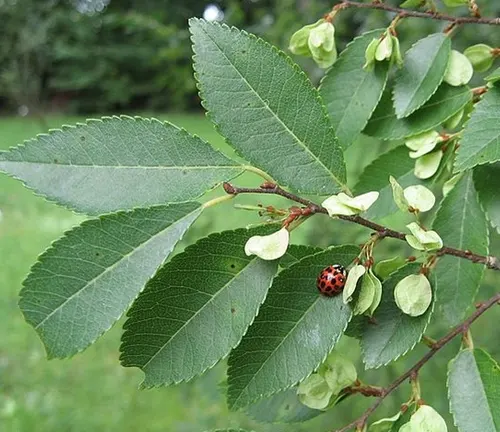
Siberian Elm
(Ulmus pumila)
Native to eastern Siberia, northern China, and Korea, the Siberian Elm is a hardy, fast-growing species. It has small, deciduous leaves and can tolerate a wide range of soil conditions.

Wych Elm
(Ulmus glabra ‘Camperdownii’)
A cultivar of the European Elm, the Wych Elm ‘Camperdownii’ is known for its unique, umbrella-like growth habit. It is often used as an ornamental tree in gardens and parks.
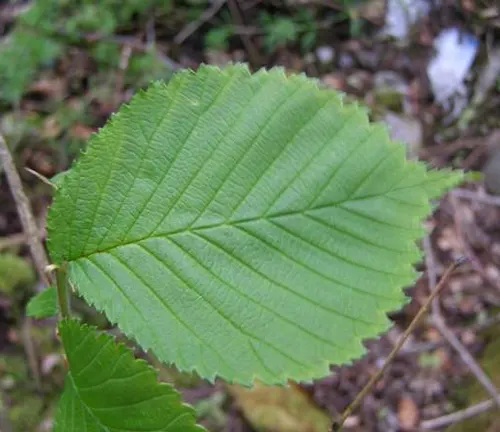
Cedar Elm
(Ulmus crassifolia)
Native to the south-central United States, the Cedar Elm is well-adapted to hot and arid conditions. It has small, serrated leaves and a more upright growth habit.
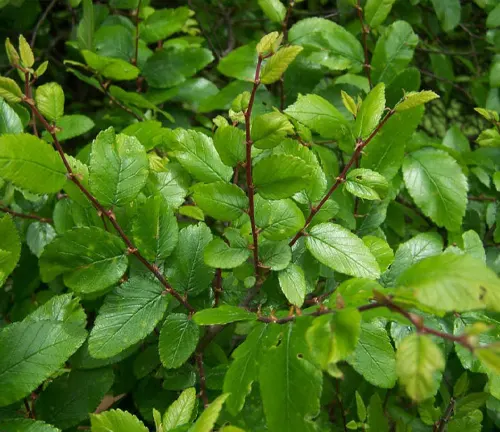
Rock Elm
(Ulmus thomasii)
Found in North America, the Rock Elm is known for its hard and durable wood. It has a rounded crown and serrated leaves.
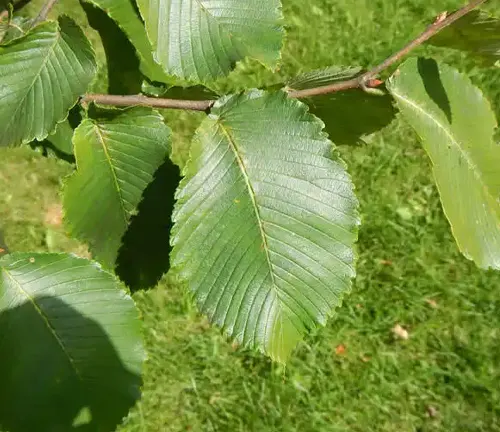
English Elm
(Ulmus minor)
Native to Europe, the English Elm has a broad, rounded crown and small, elliptical leaves. Like the American Elm, it has been affected by Dutch elm disease.
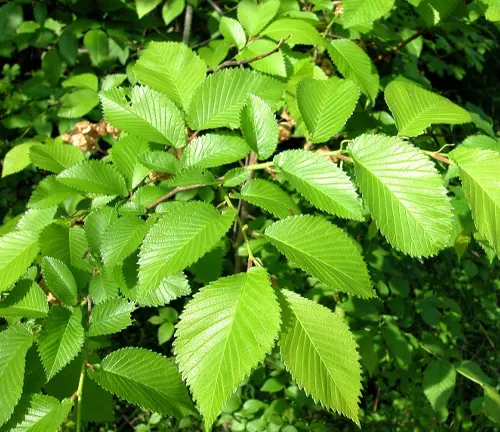
Frequently Asked Questions (FAQs)
- What is Dutch Elm Disease, and how does it affect Elm trees?
Dutch Elm Disease is a fungal disease caused by the pathogen Ophiostoma novo-ulmi. It is transmitted by elm bark beetles and can lead to wilting, yellowing, and eventual death of Elm trees. The disease has had a significant impact on Elm populations worldwide. - Are all Elm trees susceptible to Dutch Elm Disease?
While not all Elm species are equally susceptible, many popular species, such as the American Elm and European Elm, can be severely affected by Dutch Elm Disease. Some Elm varieties, like the Chinese Elm, show more resistance. - How can I prevent Dutch Elm Disease in my Elm trees?
Prevention involves early detection, proper pruning practices, and avoiding stress on the trees. Planting disease-resistant Elm varieties is also crucial. Regular inspection by arborists can help catch and address infections in the early stages. - What are the key characteristics of Elm trees?
Elm trees are deciduous and typically have serrated leaves. They often exhibit a vase-like or rounded crown shape. Elm wood is known for its strength and durability, although different Elm species may vary in appearance. - What are the environmental benefits of Elm trees?
Elm trees contribute to biodiversity by providing habitat and food for various wildlife. Their extensive root systems help prevent soil erosion, and they play a role in stabilizing ecosystems. - Can Elm trees be grown in urban environments?
Yes, many Elm species are well-suited for urban planting due to their aesthetic appeal and ability to tolerate diverse soil conditions. However, attention to disease management, especially for Dutch Elm Disease, is crucial in urban settings. - What is the lifespan of an Elm tree?
The lifespan of an Elm tree can vary depending on factors like species, growing conditions, and susceptibility to diseases. In optimal conditions, some Elm trees can live for several hundred years. - How can I care for and maintain my Elm tree?
Proper care involves regular watering, mulching, and periodic pruning. Monitoring for signs of disease or pest infestations is important, and consulting with a professional arborist can help with tree health management. - Are there disease-resistant Elm varieties available?
Yes, ongoing research has led to the development of disease-resistant Elm cultivars. These varieties are bred to withstand or resist the effects of Dutch Elm Disease, offering hope for the continued presence of Elm trees in landscapes. - What are some common uses of Elm wood?
Elm wood has historically been valued for its strength and resistance to decay. It has been used for furniture, flooring, and various woodworking applications. While Dutch Elm Disease has impacted the availability of Elm wood, some uses persist, and efforts are made to conserve and utilize disease-resistant varieties.



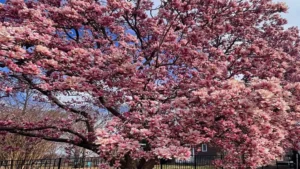

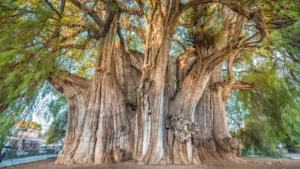
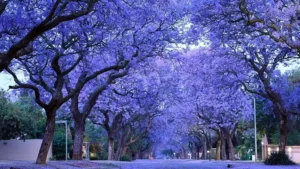
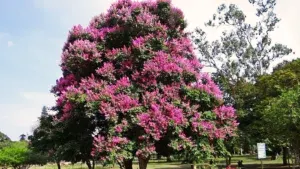
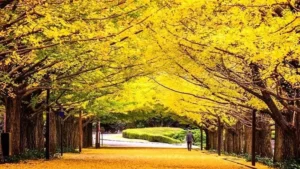
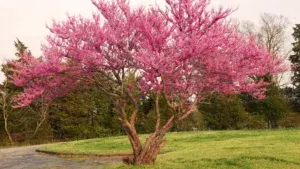
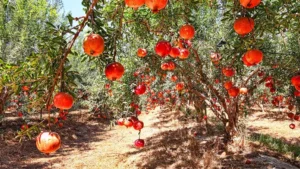


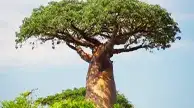
Leave your comment